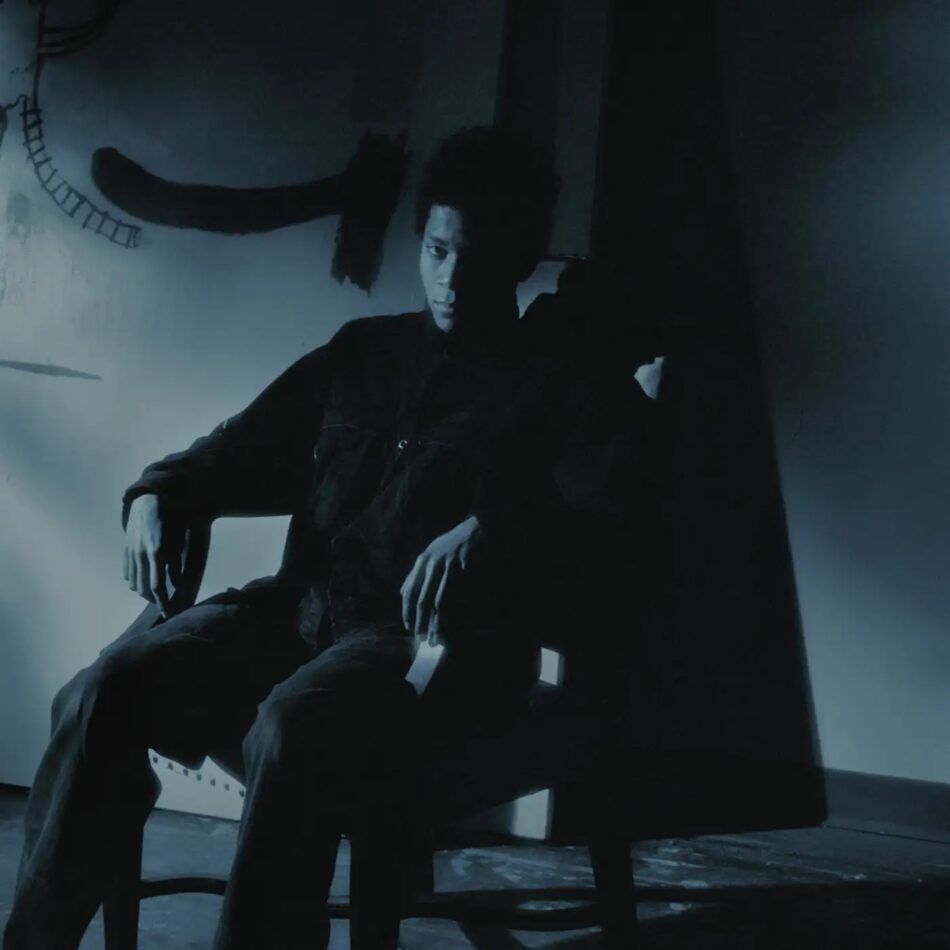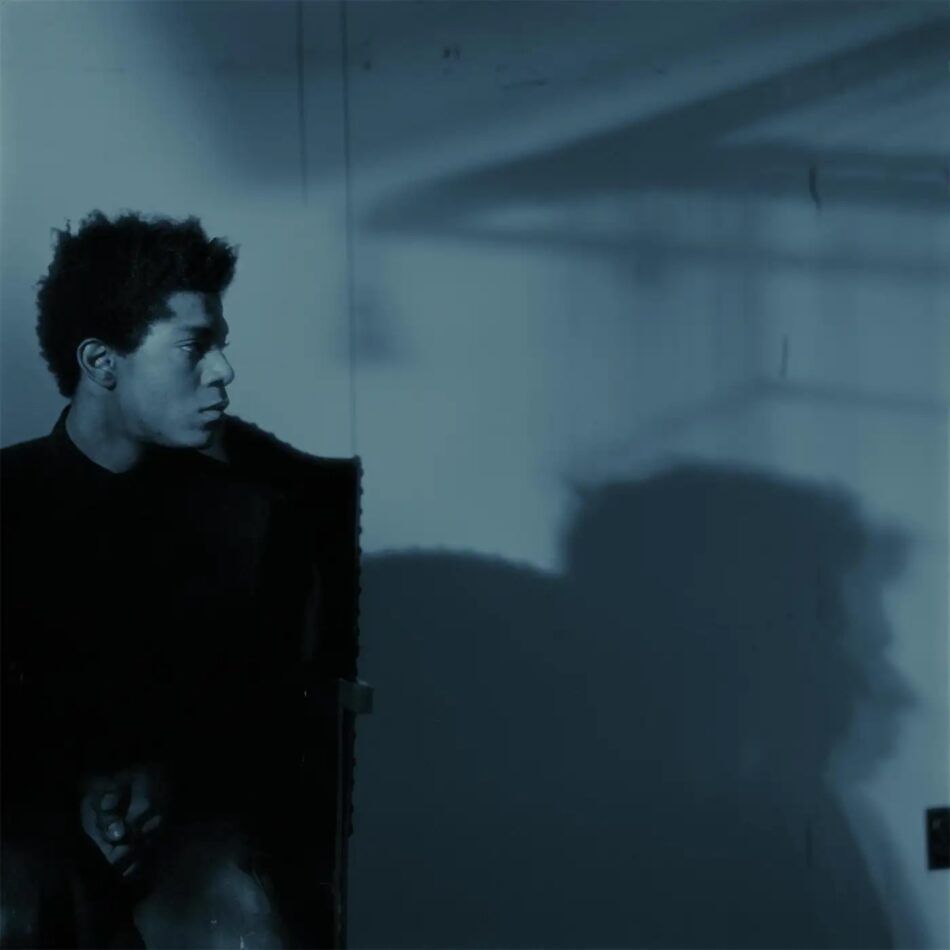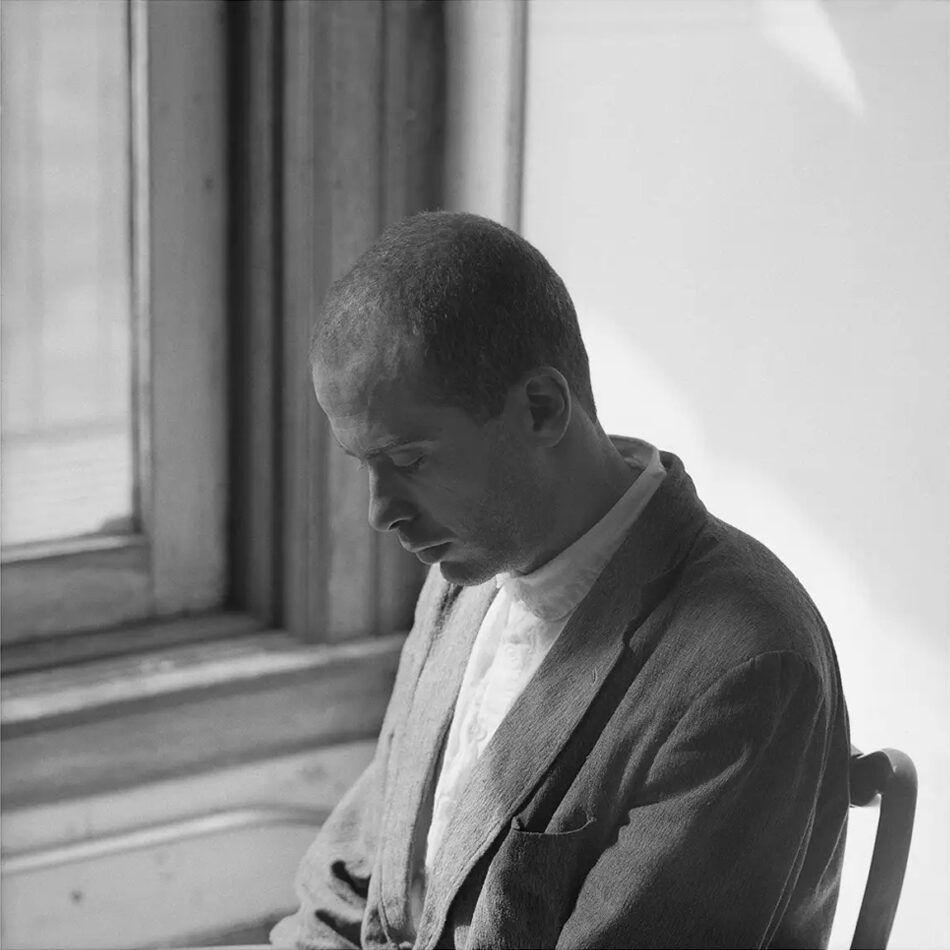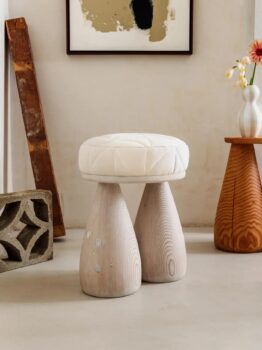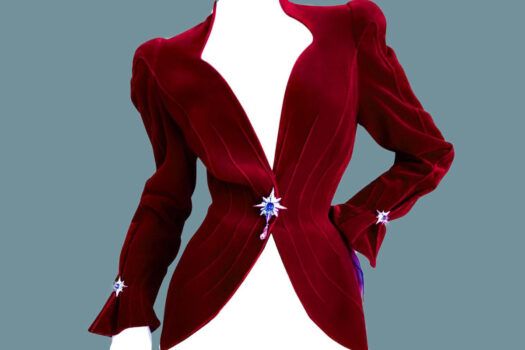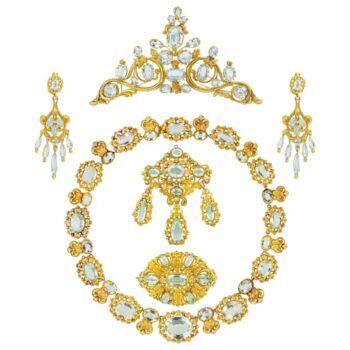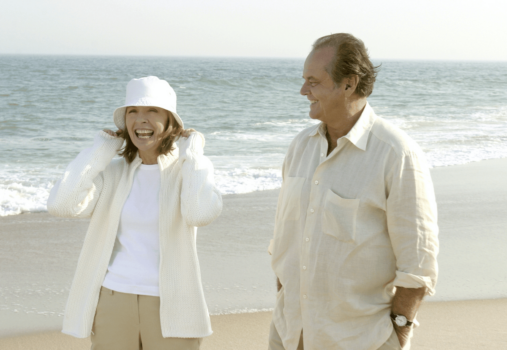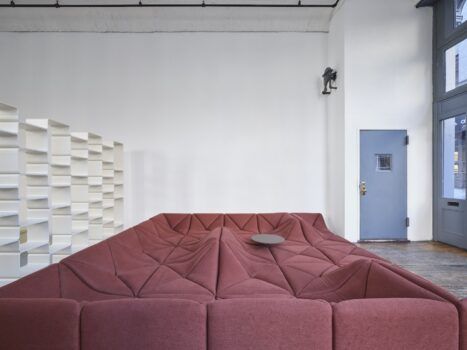
In 1978, Jeannette Montgomery Barron moved, with camera in tow, from Atlanta to New York and immersed herself in the city’s thriving, gritty downtown art scene. Drawn to the avant-garde disrupters of the time, she turned her lens on those around her.
By the early 1980s, she was well on her way to producing an indispensable chronicle of the era’s artists, art dealers, writers, performers, intellectuals and scenesters, shot up close and personal in what would become her trademark minimalist black-and-white style.
Preferring pared-down backdrops and limited props, Barron became known for manipulating light and shadow to create sculptural nuances and spaces suffused with the energy of her now-legendary subjects, including Jean-Michel Basquiat, Leo Castelli, Keith Haring, Jenny Holzer, Alex Katz, Barbara Kruger, David Salle, Julian Schnabel, Cindy Sherman and Andy Warhol.
Revealing their vulnerability while also conveying their knowingness and authority, Barron brings a vivid realness to her subjects. Often, they stare directly into the camera, unintimidated by its watchful eye, relaxing in armchairs and on sofas rather than posed with their artwork.
In her 1987 portrait of Robert Mapplethorpe, we see the artist standing between his shadow and a fiendish looking bronze sculpture. His shadow appears to be carrying a cross, echoing the sword carried by the bronze figure, whose profile is also mirrored in shade.
It’s an extraordinary play of light, in a composition that leaves the viewer wanting to find out more about the artist who once claimed he wanted to see “the devil in all of us.”
Barron’s quietly intense 1985 portrait of Brice Marden also uses light and shadow to dramatic effect. Illuminated from behind, Marden seems to glow. With the image’s simplicity, the photographer draws attention to the painter’s body language and facial expression, and our eyes inevitably go right to his eyes and hands.
“Intimate is the word that comes immediately to mind when describing the work of JMB,” says Patrick Parrish, whose eponymous Tribeca gallery represents the artist in New York. “She has a knack for capturing intimacy, even when meeting and photographing someone for the first time.”
Barron’s evocation of intimacy is especially compelling in an extensive series of portraits she made in the mid-1980s of Basquiat and Warhol. The photographs, taken over two shoots, were recently compiled in the limited-edition book JMB, from London publisher NJG.
Barron first photographed Basquiat in December 1984, at the invitation of Swiss dealer Bruno Bischofberger. “I remember Jean-Michel opening the door to his studio on Great Jones Street and seeing a sweet, shy smile on his face,” Barron recalls. “He had beautiful eyes and great eye contact. I felt very welcome.” She shot three rolls of film — 36 images in total.
The following spring, she photographed Basquiat together with Warhol. Taken in low light, the double portraits are steeped in moody suspense, offering a window into the personalities of two icons who, despite their different ages and backgrounds, formed a tight friendship and enhanced each other’s cultural currency.
Warhol’s only request for the joint shoot at his studio, the Factory, was to be photographed in the office of Fred Hughes, his famously dapper business manager. “I guess it was a more neutral space for him,” Barron says. “The energy between Jean-Michel and Andy was great that day. It was clear they were having a lot of fun together making this collaborative work. I felt very comfortable with them, and they both seemed very much at ease.”
Barron’s solo portraits of Basquiat, on the other hand, convey introspection and quietude, drawing out the young artist’s more vulnerable side and presenting a persona different from his public image as a fearless art prodigy.
A particularly striking shot shows Basquiat leaning forward in an armchair and directly confronting the viewer, a shard of light illuminating his face in an otherwise shadowy composition. It’s Barron’s favorite image from the session.
“This was the image I first selected to print back in 1984,” says Barron. “It was also the first of my photographs to be sold to a museum — the Museum of Fine Arts, Houston — by my gallery at the time, Staley-Wise. I remember the day they called to tell me that the museum had bought the piece for their permanent collection. It was a huge thrill and a game changer for me. Gave me a lot of wind in my sails, so to speak.”
Her biggest regret, she says, was not bringing more rolls of film with her. She also laments not buying a painting from Basquiat on the spot. “I was only thinking about getting a good portrait!” she explains.
The Basquiat portraits “are very special — they certainly got to me,” says Peter Fetterman, the collector behind Santa Monica–based Peter Fetterman Gallery, which showcases important 20th-century photography. “JMB really captured the essence of Basquiat in these sittings. We see a tenderness and timidness, and this at the height of his acclaim.”
Fetterman was especially drawn to the cover of the new book, which casts Basquiat in a hazy blue light. Through the publisher, he connected with Barron and suggested that she apply this evocative patina to three shots of the artist. Each large, blue-tinged portrait is part of a special limited series, marking a rare aesthetic conversion from monochromatic to coloration for the photographer.
“She consulted her master printer and came back with these magical, magical pieces,” enthuses Fetterman. “The detail is extraordinary. Seeing the physical prints adds another dimension to what the viewer feels and experiences. Plus, blue is a great suggester of melancholy or mood. Picasso had his Blue Period, so I see this trio as Basquiat’s blue moment.”
Barron credits her father, a camera enthusiast, with her passion for photography. “He gave me a Kodak Brownie, which I loved, then a Polaroid Swinger. Then, I bought my first 35mm camera when I was 15 years old,” she recalls. “I was hooked.”
In her teens, she practiced her craft on her younger brother, Monty Montgomery, who also went on to find his calling behind the camera, as a filmmaker. “He was my muse,” she says.
Their creative partnership continued into adulthood when Monty invited her to be the on-set photographer on the 1984 cult biker movie The Loveless, which he made with Kathryn Bigelow. It starred a young Willem Dafoe in his first leading role and was also Barron’s first big gig.
“I learned so much sitting around on that set and shooting every day,” says Barron. After that experience, she forced herself to approach strangers in the street to photograph them. “This was so hard for me. I’m basically a shy person,” she says. “But when I get behind the camera, I become much more comfortable in my skin.”
In 1981, Monty suggested that she take portraits of artists. She turned her lens on New York City’s creative underground and quickly hit her stride. Among her first subjects was painter Francesco Clemente, in 1981.
In the introduction to Barron’s book of Basquiat and Warhol portraits, Clemente gets right to the heart of her talent, writing, “She conveys the widest range of expressivity with the minimum amount of means.”
Nearly 40 years later, Barron is still experimenting with the camera and photographing movers and shakers in art, music, film and literature. And despite having trained her lens on some of the most important figures in American art, Barron admits she still gets nervous ahead of a shoot.
“I’m forever worried I won’t get the shot,” she says. “It’s rare when I don’t. But somehow I have to put myself through this every time. I think it must keep me on my toes.”





